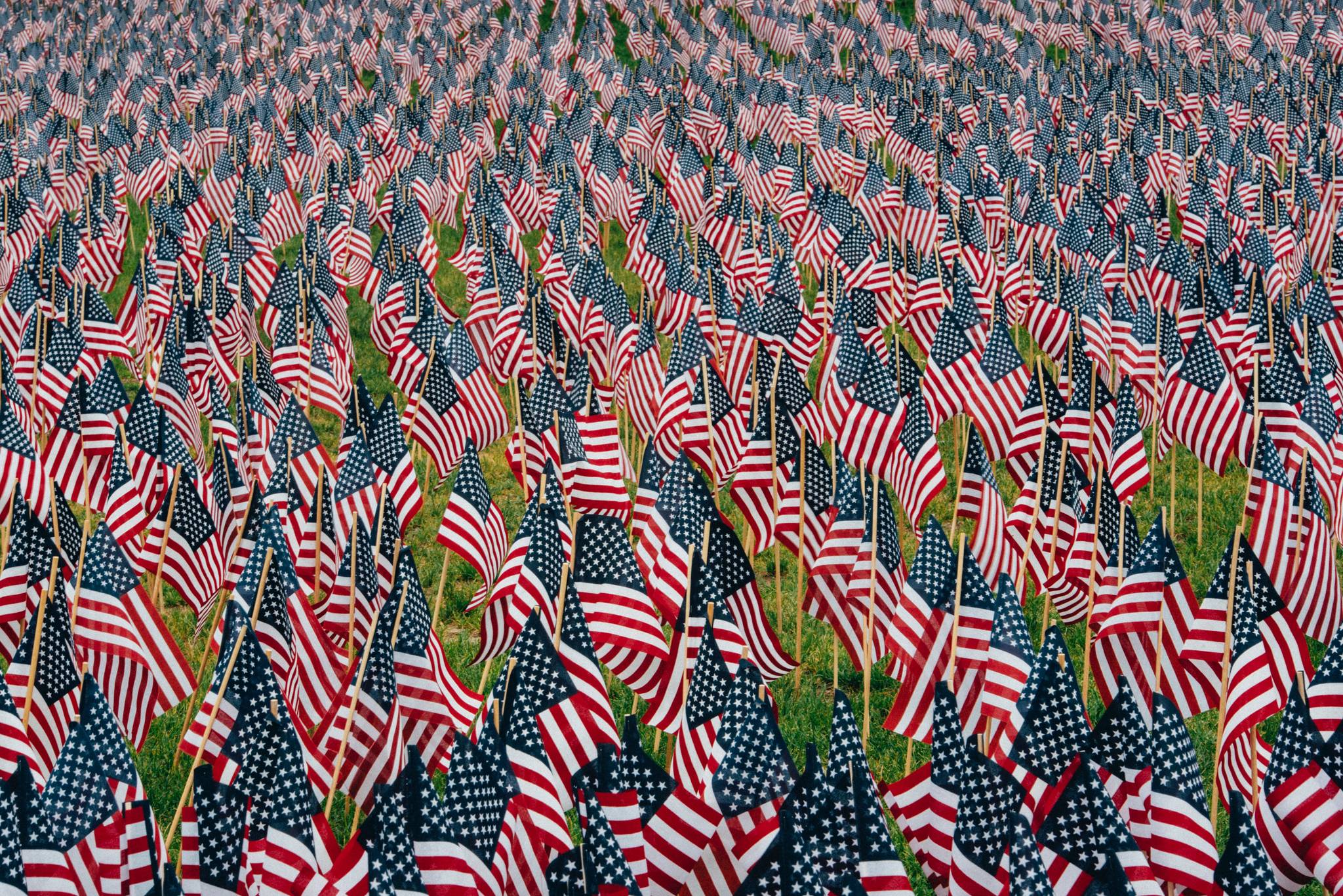Part of the genius of historic films by Ken Burns revolves around the people, the faces, he explores. History needs a face because without some human link to the past, some reminder of combat’s ultimate obscenity, wartime sacrifices blur into obscurity. My memories of WWII, Korea and Vietnam all have faces.
While some have seen William Wyler’s WWII documentary about The Memphis Belle or its Hollywood remake, I got to know some of those flyers who bombed the Nazi empire. My uncle’s B-17F also flew with that famous plane from the 8th Air Force, 91st Bomb Group, 324th Squadron. But instead of going home like the Belle’s crew, my tail gunner uncle was shot down on his 25th mission, 12-31-43, and spent the rest of the war in a prisoner of war camp, Stalag XVIIb. Though that uncle passed away years ago, his stories remain. Later, at a reunion, I got to talk with my uncle’s pilot about the day they were shot down, what they were fighting against, and more.
How can anyone grasp the ugliest inhumanity, the systematic murder of 6 million Jews? To put a face on this tragedy, one Rotary Club brought a holocaust survivor to Juneau. Later, on a plane from LAX to Seattle, I sat next to and talked to yet another survivor who had also escaped camp death. Much later, looking through the family photo album of my Jewish, college roommate, he pointed out relatives who did not survive Hitler’s final solution.
To me, the Korean War also has a face. Another uncle still survives with his own stories, of wartime camaraderie, of pointless death.
What hit me hardest about Vietnam was the funeral for an especially promising fellow student whose college career included internships during alternating years, not something approved by the draft board. Vern’s funeral in small-town Oregon was well-attended, but I had to leave before it was over; I couldn’t hold back tears and prefer to cry alone. Much later, when Leo Buscaglia spoke at the Alaska State Museum, sadness came flooding back during his talk about someone’s amazing big brother who didn’t come back from ‘Nam. I had to leave then, too, to be alone for sad tears to dilute my grief, but I can still see Vern’s face. In my mind, he’ll always be young, filled with potential — such a waste.
Years before I went to Washington, D.C., to see its long, low, black granite wall, the traveling version came to town. The first time I saw my name in print on that portable wall (same initial, different middle name), I realized how close I came to being there. Back then, because of Air Force ROTC, I was appointed to lead our group of potential, college town inductees headed to Portland, Oregon, for our pre-draft physical. I would later serve in another uniform, but still have the list of guys briefly under my charge for that one trip.
For me, the face of America’s first military response to 9-11 will be that of a young F-16 pilot, 1st Lt. Heather Penney. Watching an extended CSPAN interview (worth your viewing) gave me ample insight into her purpose beyond self. Her call sign, “Lucky,” became prophetic after she and wingman “Sass” took off to take down a high-jacked commercial jet, flight 93, that would instead be brought down by its courageous passengers. As their DC Air Guard fighters took off unarmed from Andrews AFB, headed north, scanning the sky for incoming targets they might have to ram, they flew low over the burning Pentagon. The unmistakable afterburner roar from their F-16s gave survivors below them reason to cheer; that sound meant nobody else would hurt them.
The next time you see a veteran’s hat, maybe that will start a conversation. Some of the most intimate aspects of war don’t make it into writing; at times, words fail those who were there. Many heroes and heroines never made it home, they can’t talk; some survivors won’t. Regardless, remember that real history (not just about war) has a face and be grateful if you’re lucky enough to get to know one because most history isn’t in books, it’s personal.
Mike Clemens is a former statewide budget analyst. He resides in Juneau.

